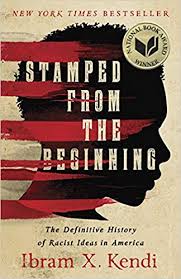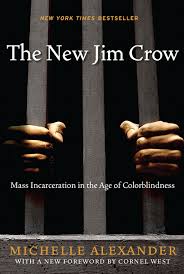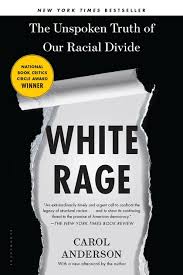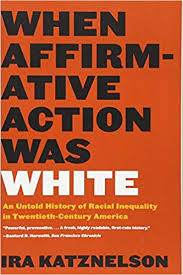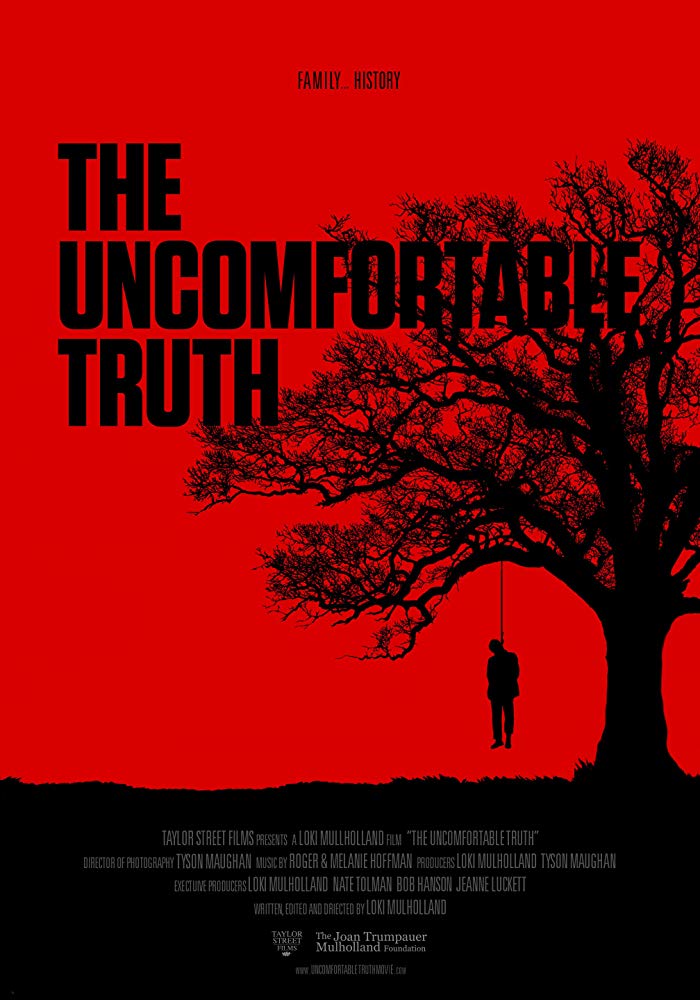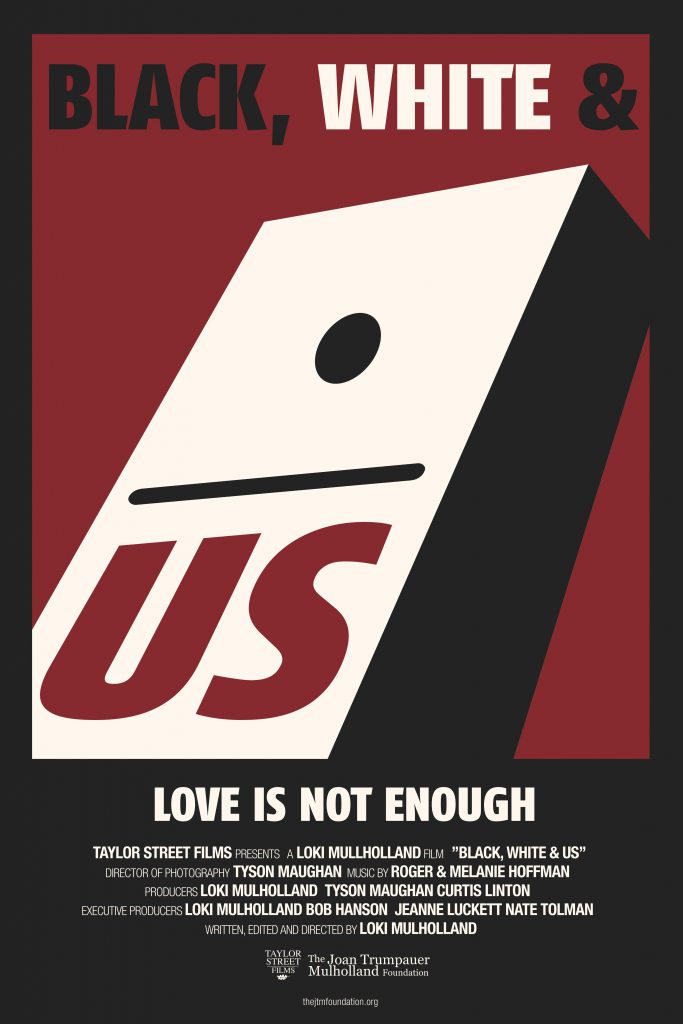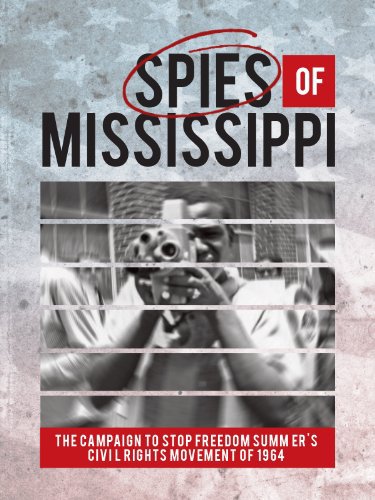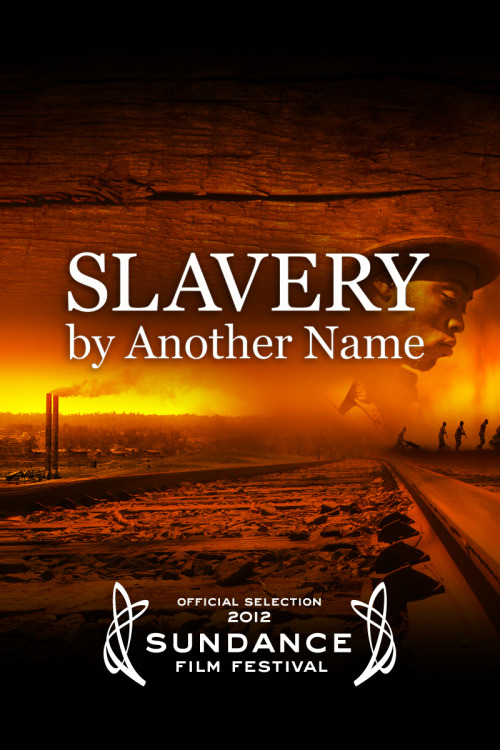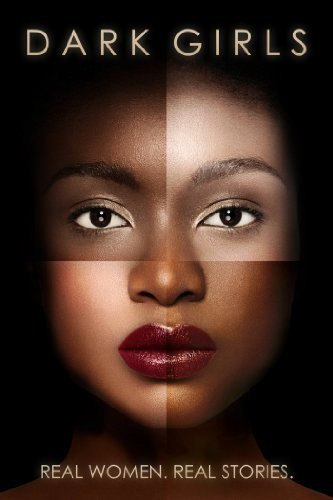We are often asked about what resources we might recommend to further one’s knowledge and understanding of slavery and racism in American history, the Civil Rights Movement and the current state of racism in America today. Civil rights education isn’t just for kids. Anyone ready to take on today’s social climate can learn how to become a better advocate and ally.
If you are finding yourself hungry to learn more, take a look at our recommended reading and watching. Knowledge is power!
Books
 White Fragility: Why It’s So Hard for White People to Talk About Racism by Robin Diangelo
White Fragility: Why It’s So Hard for White People to Talk About Racism by Robin Diangelo
As a white person, you might find yourself falling into old patterns of judgement and stereotyping. This book explores why that is and how to break the cycle. It’s a hard look into a tough subject that will leave you inspired to do more and be better. In White Fragility: Why It’s So Hard for White People to Talk About Racism Robin Diangelo challenges white people to admit unconscious bias and be open to new ideas.
Between the World and Me by Ta-Nehisi Coates
Ta-Nehisi Coates is an author and journalist whose honest look at race in America has changed the way people view today’s civil rights issues and the history lessons we all learned in school. Your civil rights education will take a sharp turn as you read Between the World and Me
 Stamped From the Beginning: The Definitive History of Racist Ideas in America by Ibram X. Kendi
Stamped From the Beginning: The Definitive History of Racist Ideas in America by Ibram X. Kendi
In Stamped From the Beginning: The Definitive History of Racist Ideas in America, Ibram X. Kendi uses examples from history to show how racism was used to solidify discriminatory practices that kept white people in power, both financially and politically. Stamped From the Beginning: The Definitive History of Racist Ideas in America will change how you think about the history of America and what truly made it a world power.
 The New Jim Crow: Mass Incarceration in the Age of Colorblindness by Michelle Alexander
The New Jim Crow: Mass Incarceration in the Age of Colorblindness by Michelle Alexander
With the election of President Barack Obama, many people thought it was proof that America was finally, truly “colorblind”. This book provides a whole new civil rights education on how sadly, this is not so. In fact, racial divide is deeper than ever and it is especially apparent in our judicial system. The New Jim Crow: Mass Incarceration in the Age of Colorblindness explores the ways that America’s justice courts keep black people, especially men, in jail, continuing the American tradition of racial oppression. The antebellum cotton fields might no longer exist, however, they have just been replaced by overcrowded jails.
White Rage: The Unspoken Truth of Our Racial Divide by Carol Anderson
In White Rage: The Unspoken Truth of Our Racial Divide, Carol Anderson presents a perfect history lesson to explain how and why white people are often panicked when people of color begin to take up more space in the public arena. From the end of the Civil War to War on Drugs, Anderson sheds light on how society has worked to suppress black people because of fear of change.
 When Affirmative Action Was White: An Untold History of Racial Inequality in Twentieth-Century America by Ira Katznelson
When Affirmative Action Was White: An Untold History of Racial Inequality in Twentieth-Century America by Ira Katznelson
Ira Katznelson takes a deep dive into racism in the New Deal and Fair Deal era in the 1930’s and 40’s. When Affirmative Action Was White: An Untold History of Racial Inequality in Twentieth-Century America analyzes how these important deals were actually a vehicle to keep black Americans oppressed. The New Deal and the Fair Deal should have been something that boosted all Americans, but instead it deepened racial divide.
 The Color of Law: A Forgotten History of How Our Government Segregated America by Richard Rothstein
The Color of Law: A Forgotten History of How Our Government Segregated America by Richard Rothstein
The Color of Law: A Forgotten History of How Our Government Segregated America was one of Publishers Weekly Top 10 books of 2017. It gained acclaim by breaking down systemic segregation in the U.S. From racial zoning to subsidies for white-only communities, Richard Rothstein details the ways racism has become a way of life in American culture. The Color of Law: A Forgotten History of How Our Government Segregated America will make you take a hard look at systemic racism and the tragic ways it has effected black lives.
Films
 The Uncomfortable Truth
The Uncomfortable Truth
Sometimes we tell ourselves stories we want to believe to avoid the uncomfortable truth. Filmmaker Loki Mulholland takes a deep dive into the history of institutionalized racism in America and found that his family’s history wasn’t what it seemed. This film parallels family history with American history in the ways we only study the history that makes us feel proud instead of regretful.
 An Ordinary Hero
An Ordinary Hero
In An Ordinary Hero, the world is introduced to civil rights icon Joan Trumpauer Mulholland. Follow Joan’s story as she is raised in the segregated south and realizes that if she truly wanted to follow what the Bible says, she must treat everyone fairly. The fire of equality burned within her as she stood on the front lines of the Civil Rights Movement. She was attacked, imprisoned and hunted down for her participation in the Movement, yet never wavered in her commitment to equal rights for all. In An Ordinary Hero, we truly see that “what’s easy and what’s right are rarely the same thing”.
Black, White & Us
Black, White & Us explores racism in America through the lives of four white families who adopt African American children and must overcome their own inherent biases to become advocates. Is there a way to fix our country’s racial divide? These transracial adoptive families just might provide the answer. Watch how they get a front row seat to a civil rights education and the racism their children face on a regular basis.
 Freedom Riders
Freedom Riders
One of the main hallmarks of the Civil Rights Movement were the Freedom Rides. Interstate travel was segregated throughout the south. Train stations and rail stations separated people by the color of their skin, even amid the Supreme Court ruling in Boynton v. Virginia. Protestors, known as Freedom Riders, rode buses throughout those areas, refusing to separate by race. They were met with violence at nearly every stop. Hear their stories and ask yourself the question, “Could you get on the bus?”.
 Spies of Mississippi
Spies of Mississippi
Preserving systemic racism and segregation in the south was the top priority for southern law makers. In Mississippi, a secret spy agency was formed. This spy agency provided the Mississippi government with information about the people who were organizing and carrying out protests. This agency was funded by the government and there is proof in the 146,000 pages of files preserved by the state. In Spies of Mississippi, take a deep-dive look into how the Mississippi government tried to take matters into their own hands.
 Slavery by Another Name
Slavery by Another Name
On December 6, 1865, the 13th amendment to the Constitution was ratified and slavery became an illegal practice. Most of America believes that from that time on, people held as slaves were set free and America began to rebuild. Sadly, this isn’t so and in Slavery by Another Name, you can learn how oppression, segregation and racism still thrived in America and in many ways still does today.
Dark Girls
In America, the beauty ideals of white women are revered. Where does that leave black women? From stories of skin lightening to resenting their parents dark skin color, Dark Girls tells the stories of women growing up in an America that idolizes the beauty of white women. In this film, you will see how important it is for the beauty industry to represent women of all skin colors. By doing that, we can raise strong women of all colors.





